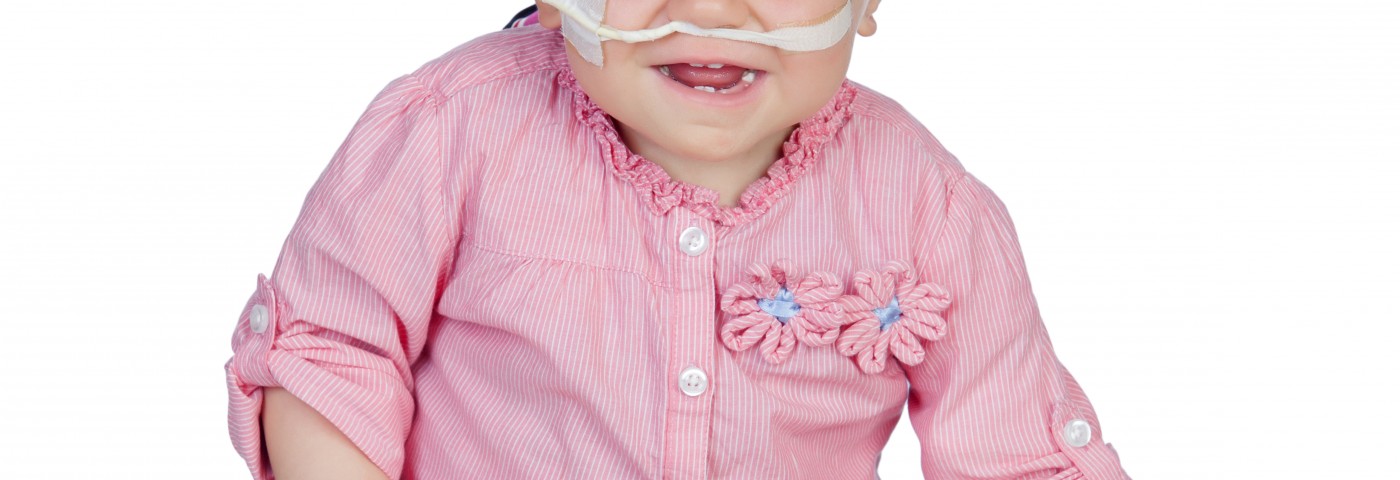A project at the Genomics Institute of the University of California Santa Cruz combines high-tech networking with data sharing in an effort to allow clinicians to pick the right treatment for childhood cancers such as lymphoma — based on cancer genomic data.
The use of genomic data in cancer research is nothing new. “What is new is our vision to share and consolidate all the cancer genomic data so that we can use the knowledge and the world’s data for the benefit of each new patient,” Olena Morozova at the UC Santa Cruz’s Center for Biomolecular Science and Engineering said to UC Santa Cruz Magazine, in a feature titled “Building a ladder to a cure.”
Dr. Morozova is also a lead researcher for California Kids Cancer Comparison, a project using data sharing to advance child cancer research. This pilot project is part of the institute’s Treehouse Childhood Cancer Project, and aims to equip oncologists with genomic data when choosing treatment options for their patients.
According to the article, Dr. Morozova did not expect her research project to make an impact in the lives of cancer patients quite yet. A turning point, however, came last year when her team was asked to study a rare sarcoma — connective tissue cancer — from an 8-year-old boy.
The child went through standard treatments, including chemotherapy, radiation, and a bone marrow transplant, that at first seemed to work. But the tumor came back after two years, leaving him with no treatment options.
He entered a clinical trial at the British Columbia Children’s Hospital in Canada, exploring if genomic analyses of cancer tissue could lead to further treatments. The Treehouse team was asked to perform a “cancer comparison approach,” comparing the boy’s sarcoma genome to those of thousands of other cancer patients.
Such comparisons work to spot certain gene expression signatures with the help of advanced computer software. The software computes similarities, providing “maps” of how a tumor relates to other tumors.
“Since all of us are different genetically, the cancers we get, even if it is the same exact diagnosis, are different, too,” Dr. Morozova told UC Santa Cruz Magazine. “No two cancer patients are exactly identical, and we really need to read the genetic code of a patient’s tumor to fully understand the disease in each patient.”
This means that cancers of varying types and appearing in different organs may still be genetically similar — requiring similar treatment approaches.
The information provided by the Treehouse researchers allowed the boy’s oncologist to try a treatment usually reserved for adult patients with lung and blood cancer — and the boy improved.
In their work, researchers at UC Santa Cruz use a tool called MedBook. Known as the Facebook of cancer, the tool is, in fact, inspired by social media applications and allows researchers worldwide to store and connect data from tumor samples, and work together to match patients with treatments.
While the survival rates for childhood cancers have improved substantially over the past decades, today’s rate — looming at about 80 percent — is achieved by aggressive treatment, taking a long-term toll. Such treatment might successfully manage the original cancer but give rise to other health problems, among which secondary cancers are a large part. For these difficult-to-treat patients, the second cancer diagnosis is usually a death sentence.
The Treehouse project aims to improve survival rates for childhood cancers further, with difficult-to-treat patients its immediate focus. In the long run, the Treehouse researchers hope these methods can benefit all children diagnosed with cancer.


